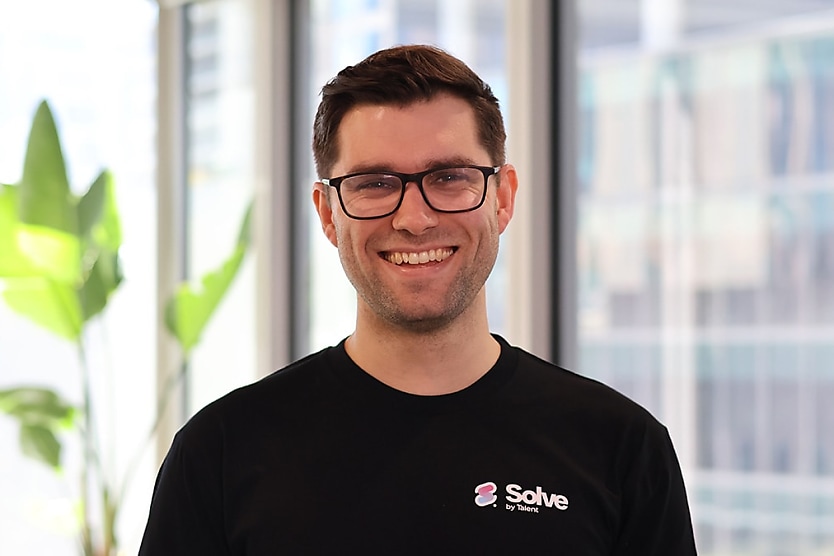
Talent acquisition isn’t merely an offshoot of HR. It’s not a one-liner on a job description for a people and culture partner, and there’s a lot more at stake to get it right for business success, writes Cameron Robinson.
Sure, “Recruitment and Selection” might be a single subject within an HR degree, if that’s your chosen path into the field. But if Recruitment and Selection was simple, then ensuring their businesses had sustainable access to talent wouldn’t be one of the most significant concerns keeping CEOs up at night.
Let’s get into what that critical mistake is when it comes to all things talent acquisition (TA), as well as the other pitfalls to avoid and the key components to set you up for success.
The mistake
As the title says, the critical mistake HR leaders make when it comes to talent acquisition is underestimating what it takes to beat their competitors to the best talent in the market.
The pain isn’t just felt by other departments or at the executive level either (not that that makes it acceptable, of course!); the knock-on effects on an HR department when talent acquisition is underestimated or undervalued are massive. Let’s get into a few:
- The recruitment process takes too long, and your other team members are overworked by plugging capability and capacity gaps. Culture then suffers, and team members might leave.
- You don’t get the right people hired, and the existing team members lose faith in the company’s ability to succeed. This then has knock-on effects where performance suffers, morale is low, and financials suffer too.
- The HR team is pulled into the recruitment process, taking them away from things like workforce planning, learning and development (L&D), diversity, equity, inclusion, and belonging (DEIB), and other important people initiatives.
What are the pitfalls to avoid?
We’ve discussed what the knock-on effects are, but what else do you need to consider and avoid?
I’ve seen this time and time again: talent acquisition gets put into the hands of managers. This can have really negative impacts on potential candidates, given many managers are not experienced in or have had hands-on coaching regarding the process. Most leadership courses don’t have a “How to be a hiring manager” module.
Another thing I’ve seen is businesses making decisions on their TA technology based on criteria that HR has set and on behalf of system users without their input. Avoid this at all costs. Not only will it slow you down, but you’ll potentially waste a lot of time, resources and money for nothing.
Lastly, adding talent acquisition to an HR business partner’s role if they’re not experienced in it or if they’re not being hands-on coached, developed and mentored by a leader who is. Think about it; where else in the business would it be acceptable to just give someone a critically important responsibility, one they aren’t necessarily qualified for and hope it pans out OK?
How can I get it right?
The good news is that a great talent acquisition function only takes four key components working in harmony. Sure, you can make it as complex and sophisticated as you like – and like we said, this stuff isn’t simple. But the framework to start you on the path to success can be. Let’s get into it.
- People – Have I got people with the right skills, arranged in an appropriate structure to perform talent acquisition activities?
- Process – Have I got a process in place that is concentrated on ensuring it keeps the best candidates motivated to want to work at my company and moves them seamlessly towards that?
- Technology – Does my technology help achieve that ultimate goal – hiring the right person for the right job at the right time and within the right budget?
- Brand – Does my employer brand authentically compel the right type of prospective candidates to express their interest in working at my company above others?
Cameron Robinson is the head of enterprise at Solve by Talent.
RELATED TERMS
The practice of actively seeking, locating, and employing people for a certain position or career in a corporation is known as recruitment.









